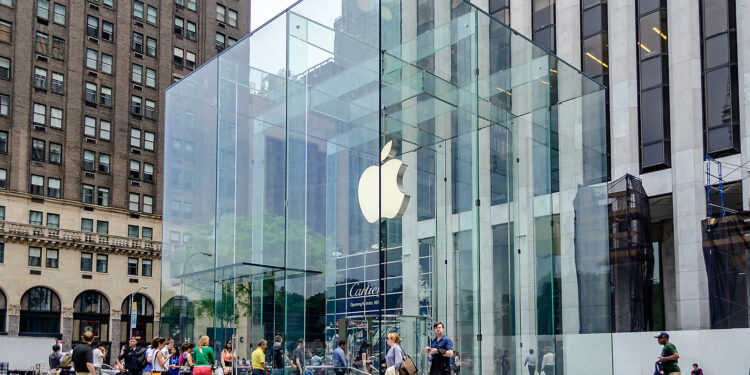Apple could soon take another big step in its display technology. According to a recent roadmap from Omdia, an analysis company, many Apple devices are expected to switch to OLED displays by 2026. This includes not only the iPad mini but also the iPad Air and the MacBook Air. This development would be a significant milestone for Apple, because so far OLED technology has only been used in the premium models of the iPad Pro series and in the iPhone.
If you love Apple products, you've probably noticed how the company is constantly developing its technologies. OLED displays are one of the most interesting innovations in recent years. They offer better colors, higher contrast and impressive energy efficiency. Until now, however, they have mostly been reserved for the more expensive models. The prospect that cheaper devices such as the iPad mini or the MacBook Air could soon benefit from this technology is therefore particularly exciting. The roadmap, which was published on Thursday and shared by "@Jukanlosreve" divided gives a detailed insight into Apple's possible plans. Here is the most important information:
2026: iPad mini with OLED display
The iPad mini will be the first to feature an 8.4-inch OLED display. It will be a so-called hybrid OLED, which consists of a single RGB layer. Unlike the iPad Pro models, the more expensive tandem technology will be omitted. This would allow Apple to keep costs low and make OLED technology accessible to more users. The rounded display corners would also ensure a modern design.
2026: MacBook Pro with new displays
The MacBook Pro could also be switched to OLED in the same year. Hybrid OLED displays in sizes 14.3 and 16.3 inches are planned, which represents a minimal increase in size compared to the current 14.2 and 16.2 inches. These displays are to use tandem technology and an oxide TFT backplane. This ensures a longer lifespan and higher energy efficiency.
2027: iPad Air takes the next step
A year later, in 2027, the iPad Air could get its own OLED upgrade. Displays in sizes 11 and 13 inches are planned, also with a single RGB layer. Here, Apple is relying on LTPS-TFT, a proven technology that offers good value for money.
2028: New technologies for iPad Pro and MacBook Air
The iPad Pro remains a pioneer in display technology. From 2028, the models will use an LTPO TFT and integrate a touch sensor panel directly on the thin film encapsulation (TSP on TFE). In addition, Apple is doing away with the conventional polarizer, which makes the displays even slimmer and more efficient. The MacBook Air will also get larger displays in 2028: 13.8 inches and 15.5 inches. These displays will be hybrid OLEDs with LTPO or oxide TFT technology and will also integrate TSP on TFE.
A foldable device for 2028
One of the most exciting points on the roadmap is a foldable device that could also appear in 2028. It is said to use an 18.8-inch tandem OLED display that also integrates LTPO-TFT and TSP on TFE. There will also be no polarizer. If this actually becomes a reality, Apple could open up a completely new market here.
How credible is the roadmap?
The information does not come directly from Apple but from Omdia, an analysis company that studies supply chains and market trends. Although it is an estimate, the roadmap has been confirmed by experts such as Ross Young, a recognized analyst in display technologies. Previous rumors also fit the timelines mentioned, which underlines the plausibility of the forecasts.
Apple's OLED plans: A step into the future
The possible switch to OLED in the next few years could excite Apple users, especially in terms of display quality and energy efficiency. What is particularly interesting is the prospect that devices such as the iPad mini or the MacBook Air could also benefit from this technology without skyrocketing in price. It remains to be seen whether and when Apple will actually implement these plans, but the signs are promising. For technology fans, it is worth keeping a close eye on developments in the coming years. (Photo by marcorubino / Bigstockphoto)
- Face ID in the display: The iPhone 17 could set new standards
- Apple's foldable iPhone: Hope for a struggling market





